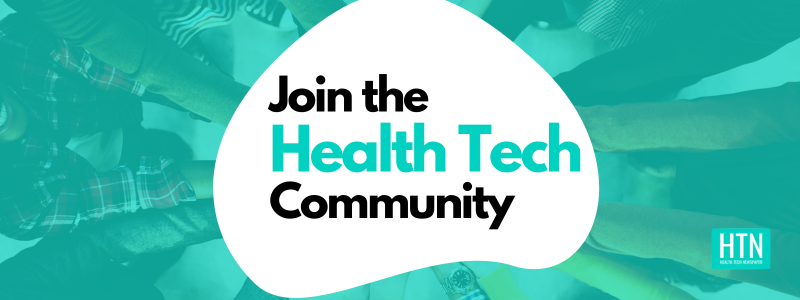We’ve been taking a look at international health tech research over the past weeks at HTN; in August, we explored electronic health records across Africa, before moving on to look at digital education and training in China and Austria. In this edition, we’re taking a look at EHR experiences in Sweden.
In May, a research article was published in Sage Digital Health exploring “healthcare professionals’ perceptions of a web-based application for using the new National Medication List in Sweden” and focusing on a web app called Förskrivningskollen (FK), which includes information about medications and works as a back-up system until EHR is integrated.
With 288 healthcare professionals surveyed for the purposes of the study, the authors found that “overall there was was little knowledge about FK and uncertainty regarding working routines and the regulations connected to the application”.
In addition, respondents highlighted that “lack of interoperability within the EHRs made FK time-consuming to use” and shared concerns that “information in FK was not updated”, with the potential for a “false sense of security about the accuracy” of its content.
Amongst clinical pharmacists, most shared beliefs that FK provided benefits to their clinical work; physicians, by contrast, were “more ambivalent” about the benefits the app could bring.
In the authors’ discussion of findings, they note that many of the perceived barriers raised in responses were “related to the working processes that would be required to reach the expected benefits”, including concerns around patient consent regulations, patients’ right to hide specific medications, where the responsibility lies with regards to updating the list, and how clinical document should take place.
With the results indicating that FK has “few users among all healthcare staff who have access to the information in the application”, the authors suggest that “one reason could be that healthcare staff simply do not know about the application”. Although it was initially intended for use only as a back-up system, it is “used in daily patient work, which means there is a need to clarify working routines linked to the application.”
In addition, the authors note that concerns were raised about how the National Medication List does not include all medications, as it is based on prescriptions for pharmacy dispensing and “not on medication orders corresponding to decisions made for the patient’s entire medication plan (which is documented and maintained in the EHR)”. As such, some decisions around medications such as the changing of a dose or termination of a treatment will not be updated correctly on a list based on prescriptions only. “Thus,” the authors state, “the National Medication List cannot be expected to be correct and up-to-date before it is fully integrated with healthcare EHRs”.
Summarising their research, the authors conclude that “expectations are high for the National Medication List in Sweden” but there are “several concerns” regarding implementation. “Overall,” the authors write, “there is a need for information about, and clarification of, working routines and regulations linked to FK and the National Medication List… In Sweden, the potential value of the national, shared medication list will probably not be realised until it is fully integrated into the EHR in a way that supports healthcare professionals’ desired ways of working.”
Citation: 1. Bergman F, Hammar T. Healthcare professionals’ perceptions of a web-based application for using the new National Medication List in Sweden. DIGITAL HEALTH. 2023;9. doi:10.1177/20552076231171966
- 1
- 2

















